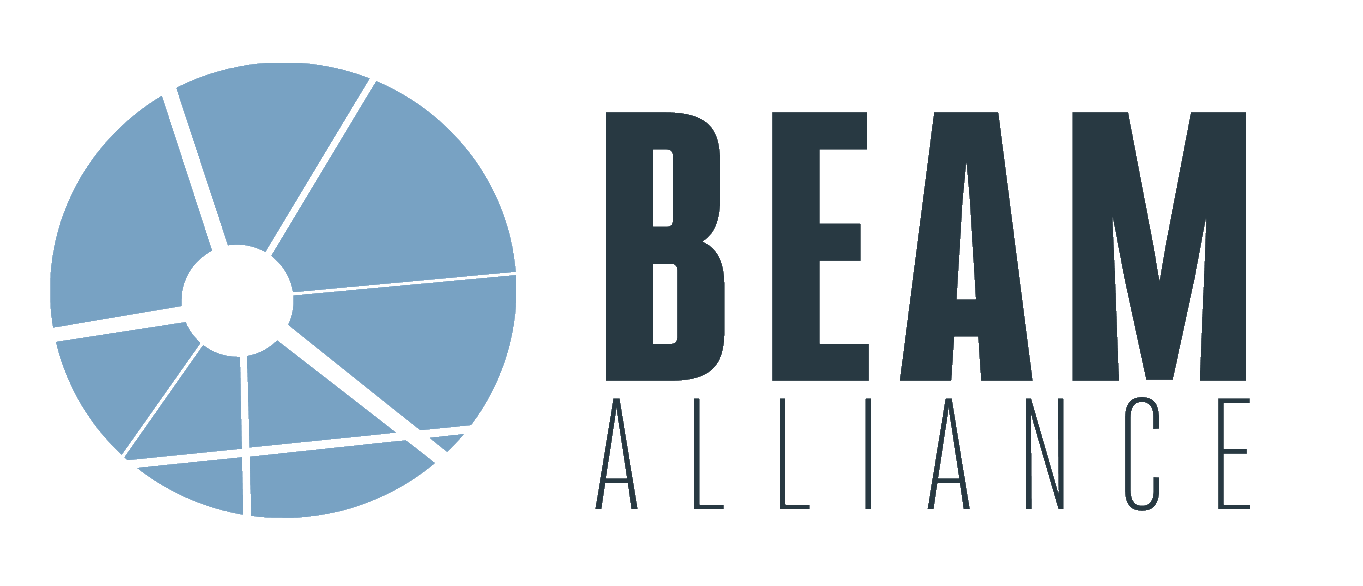

I am writing this editorial from inside the United Nations building in New York, on Thursday 26th September 2024. Just a few hours ago the General Assembly of the UN has adopted a new declaration on fighting AMR. Regardless of what you may think of the content of the declaration, this truly is an historic moment. For the next 5 years (until the next high-level meeting on AMR in 2029) this declaration will set the stage for how government are supposed to act on keeping all of us on top of the rapidly growing AMR problem.
How did I get here today? It started with a lengthy accreditation process, that resulted in the BEAM Alliance being approved to give a statement on the political declaration today here at high-level meeting in New York.
The high-level meeting is not one single room event, it has been setup with a “convention style” program with various sessions that run in parallel. No less than 131 (vice) ministers of health are giving their contribution throughout the day. In another conference room a diverse collection of stakeholders is given the opportunity to provide their perspective on the declaration.
Although the high-level meeting is an event that brings together world leaders and many stakeholders for exchange of views and positions, the text of the actual declaration has been negotiated in the months leading up to the event itself. So, my primary task here in New York over the last few days has been to network at the many side events and “high level” receptions that have been organized by all sorts of organizations. At these meetings I’ve talked to many other stakeholders about what we can expect and what we can contribute now that the declaration has been formally adopted. Main conclusion that I draw after 3 days of conversations: we are all a bit puzzled by what this all means and how this will translate into change, but we are all positive that the political declaration from those high-level meeting has the potential to get our leaders to recognize AMR as a serious global health threat.
Stakeholders can speak today at this event for a maximum of 60 seconds. So, I had to make sure that every word counts. Since my arrival in New York, now 3 days ago, I have shaped my contribution a countless number of times to make sure that the statement is razor sharp and contains all the important messages that BEAM wants to bring across. And it is also a day to celebrate progress. So, I want to give a positive address with regards to what is described in the media as a “milestone declaration” as it was delivered to the world today.
So, is the declaration truly groundbreaking? The biggest problem with a negotiated text is probably that you can read in it whatever you want. Negotiations lead to countless compromises, so the end result is something that you can appreciated as a very positive development, for example because there is new important language in there that was not in the declaration from 2016. But you could taste a low level of ambition, as with only one exception no specific targets have been formulated.
That one exception is the pledge to the reduce deaths from AMR by 10% by 2030. I belong to the people that are somewhat positive about this, as I’ve seen in my HIV work that setting targets can be very helpful to get a whole field moving. The 3 by 5 target for HIV drugs from over 20 years ago for example was a real game changer in bringing HIV drugs to Africa on a large scale. The last few years the WHO has set a target to end HIV by 2030. Although that target is far from realistic, it is much more aspirational than the 10% reduction that the UN now sets as target for reducing AMR deaths by 2030. And it remains unclear how that 10% target could realistically be reached in the first place.
I believe that the true value of today’s event is not perse in the wording of the declaration itself, but in the fact that so many of the world’s leaders have gathered here in New York this week not only for today’s high level meeting on AMR, but also for the UN General Assembly, another event called the Summit of the Future and a climate week – which all happened here in the same week. This brought queens and president together (I met queen Maxima from my own country at an event here and had a nice chat with her about universal health coverage). The leaders are here together to forge a new international consensus how to safeguard the climate and the future, and in the slipstream of this how to fight AMR. The combination of these events sends a strong signal of the need to tackle the urgent problems that threaten the stability of the world. AMR is now starting to become recognized as one of those problems. And the good news for us is: we can move much faster in solving the AMR problem then achieving all of the UN’s Sustainable Development Goals or the Paris Agreement commitments on climate change. This week has been tremendously helpful to get that message in the head of our world leaders.
And with regards to my statement: I’ve waited until 5pm and was then told that unfortunately I could not give this in person, just as so many other stakeholders that had hoped for their brief moment of fame. Instead, my words will be published as an e-statement in the UN Journal. While that felt as a slightly disappointing message, it was great to have been able to contribute to a massive call to action that was launched today!
Tonight, I am going to see Lifeline, an off-Broadway musical. Lifeline tells the story of Alexander Fleming’s world-changing discovery of penicillin in 1928, charting the rise and fall of antibiotics. Much looking forward to closing this trip with a bit of “educational” entertainment. Great that today’s event and the musical help to raise public attention.


